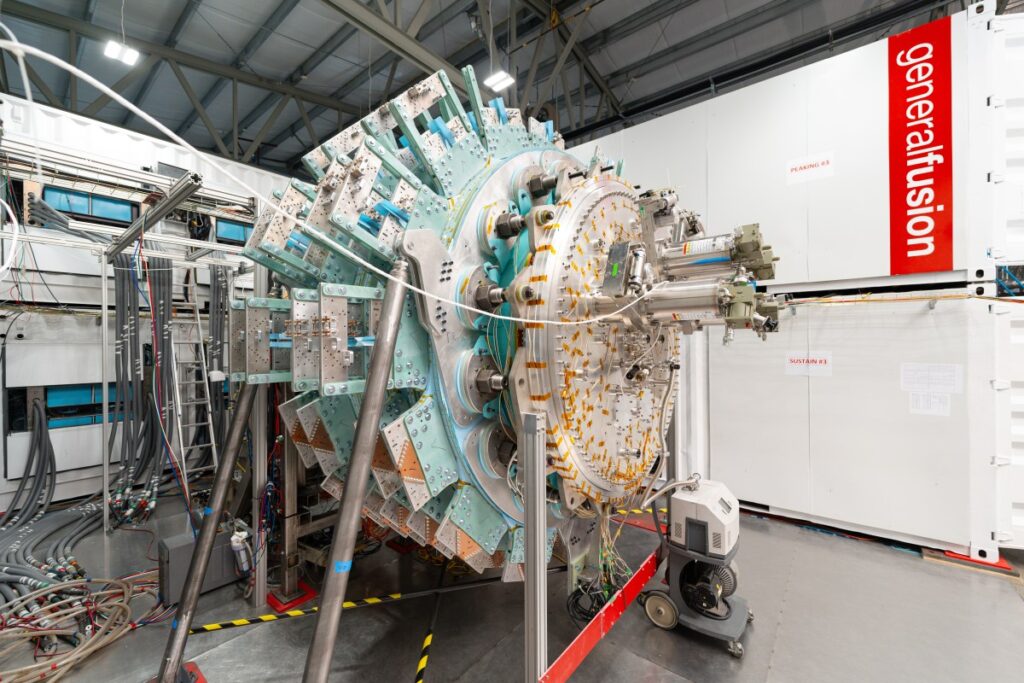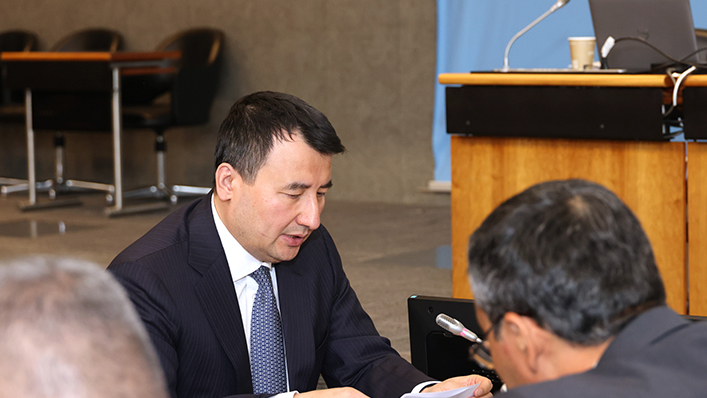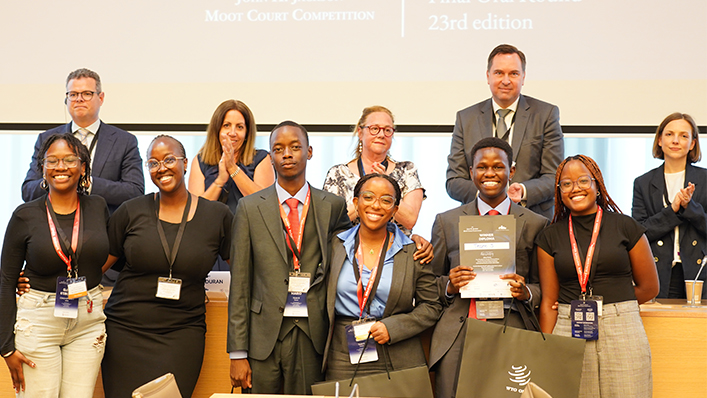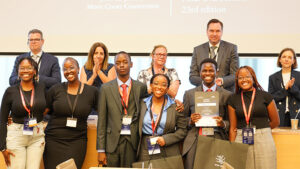General Fusion laid off at least 25% of its employees last week, just days after hitting a key milestone for its latest fusion demonstration device.
CEO Greg Twiney posted an open letter on the company’s website Monday saying that while its new LM26 device had been able to compress a plasma — something necessary for fusion conditions — General Fusion was running short of money. He wrote, “today’s funding landscape is more challenging than ever as investors and governments navigate a rapidly shifting and uncertain political and market climate.”
The 23-year-old company, which many still describe as a startup, is Canada’s leading entrant in the race for commercial fusion power. It has raised $440 million, according to PitchBook, including a $22.66 million round that closed in July. Backers include Jeff Bezos, Temasek, and BDC Capital. But that money hasn’t been enough for the company to show that its unique approach to fusion is viable.
General Fusion’s plight highlights the challenges that face the fusion industry.
To date, only one device has been able to hit so-called scientific breakeven, a milestone that’s significant historically, but not commercially. To hit commercial breakeven, reactors need to produce dozens of times more energy than has been demonstrated so far.
The road to those milestones has proven extraordinarily costly. Though General Fusion’s tally may seem impressive, it is middle of the pack. Commonwealth Fusion Systems has raised over $2 billion, Helion has pulled in over $1 billion, and upstart Pacific Fusion has been pledged $900 million in its Series A alone.
Part of General Fusion’s challenge is that its taking a different approach than many of its competitors.
Techcrunch event
Berkeley, CA
|
June 5
Most fusion startups follow one of two paths: magnetic confinement or inertial confinement. The former uses magnetic fields to control plasma, squeezing it until it reaches the conditions for nuclei to fuse. The latter approach typically uses lasers to compress a fuel pellet.
General Fusion, on the other hand, has been trying to use steam-driven pistons to compress fusion fuel. The U.S. Navy tried something similar in the 1970s to no avail, but General Fusion thinks that modern computers could solve some of the timing problems that plagued earlier attempts. It has yet to show that’s the case, but it has said that if completed, LM26 should be able to reach scientific breakeven.
Now, the company will have to raise more money — and quickly — if it wants to prove its approach is a viable competitor.
















